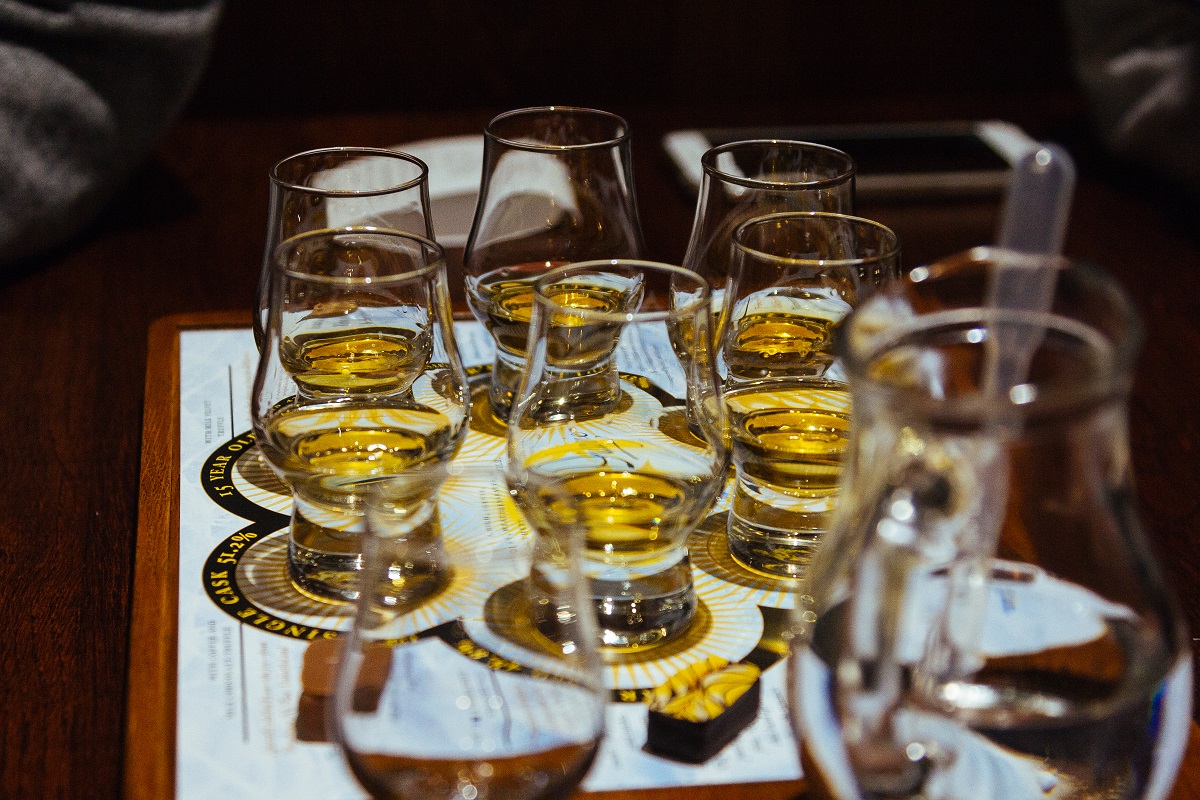IWSR analysis has shown that all major categories of beverage alcohol can benefit from the ‘drink less, drink better’ trend – though the analysts cautioned close attention to trends in individual markets.
According to IWSR data, spirits has been the most successful category in generating value in recent years, with the average global price per serve for spirits rising at a CAGR of 3.8 per cent between 2016 and 2021, compared to 3.4 per cent for wine, 2.3 per cent for beer, 1.4 per cent for RTDs and 1.1 per cent for cider.
And the drinks analysis firm is forecasting that the trend will continue, tipping spirits to increase its total share of the value pool to 42 per cent by 2026, leapfrogging beer, wine and RTDs on the way.
Yet, IWSR says, ‘the picture is more complex than [it] might first appear,’ as increase in sales of premium-and-above baijiu in China is distorting the figures. Removing ‘national products’ (which mostly consists of baijiu) produces a much more modest increase for spirits, from 23 per cent to 27 per cent by 2026. This said, IWSR still expects spirits to gain value share in every region of the world over the next five years.
IWSR’s COO of Research and Operations, Emily Neill, explains that the spirits category is set to benefit from its broad-church price range.
“One of the advantages enjoyed by spirits is the very wide differential between low-priced and standard products at one end of the pricing spectrum, and super-premium, ultra-premium and above at the other,” Neill says.
“With beer, by contrast, this price differential between standard products and high-value products is smaller.
“International spirits categories such as whisky, rum, tequila and gin have more of a runway to premiumise,” Neill adds.
IWSR does predict a rosier future for beer when assessing by category volume, forecasting that equivalent serves of beer will rise at a CAGR of 1.3 per cent in the five years to 2026. Meanwhile, spirits’ CAGR will increase by only one per cent, working out to a real term category share loss of 0.2 per cent, while wine is also predicted to reduce its volume by 0.2 per cent, a category share loss of 0.9 per cent. This analysis again points to the premiumisation taking hold in spirits, with less volume producing greater value.
While for beer, IWSR said the ‘disconnect between value and volume for beer is explained by the fact that category growth is mostly occurring in developing countries across Africa, South America and Southeast Asia, where average prices are lower in US dollar terms.’
The decline in wine volumes is precipitated by a downturn in the category’s traditional largest markets.
“Wine can premiumise more, and we are indeed seeing a marked ‘less but better’ trend for wine across many regions. However, the big volume markets for wine – such as the US, France and Italy – are in decline,” Neill comments.
Research in key markets, including Australia, does point to a greater uptake of premium wines among younger LDA drinkers, including millennials and Gen Z, who are more likely to spend a greater sum per bottle than their older counterparts.
Nevertheless, ‘steep volume declines are overriding the premiumisation trend in global terms’ for wine, according to IWSR.
Neill suggests that the on-going premiumisation trend for spirits could be impacted by increased inflation, supply chain issues and rising costs.
“The upward trend for premium-plus spirits in North America has been very significant throughout the COVID-19 pandemic,” says Neill.
“Now it’s a question of how long that will continue, depending on the strength of the US economy. There’s quite a lot of uncertainty at the moment, but we are still seeing plenty of demand for products such as high-end tequila and whisky.”
Finally, Neill adds that while premiumisation has obvious benefits, it also presents tactical difficulties for producers and retailers.
“One of the challenges is not to lose sight of this strategy in terms of focusing on premium – and where you do that, given that the on-trade is still quite challenged in many places – while still dealing with difficult operational issues and rising costs,” Neill concludes.

